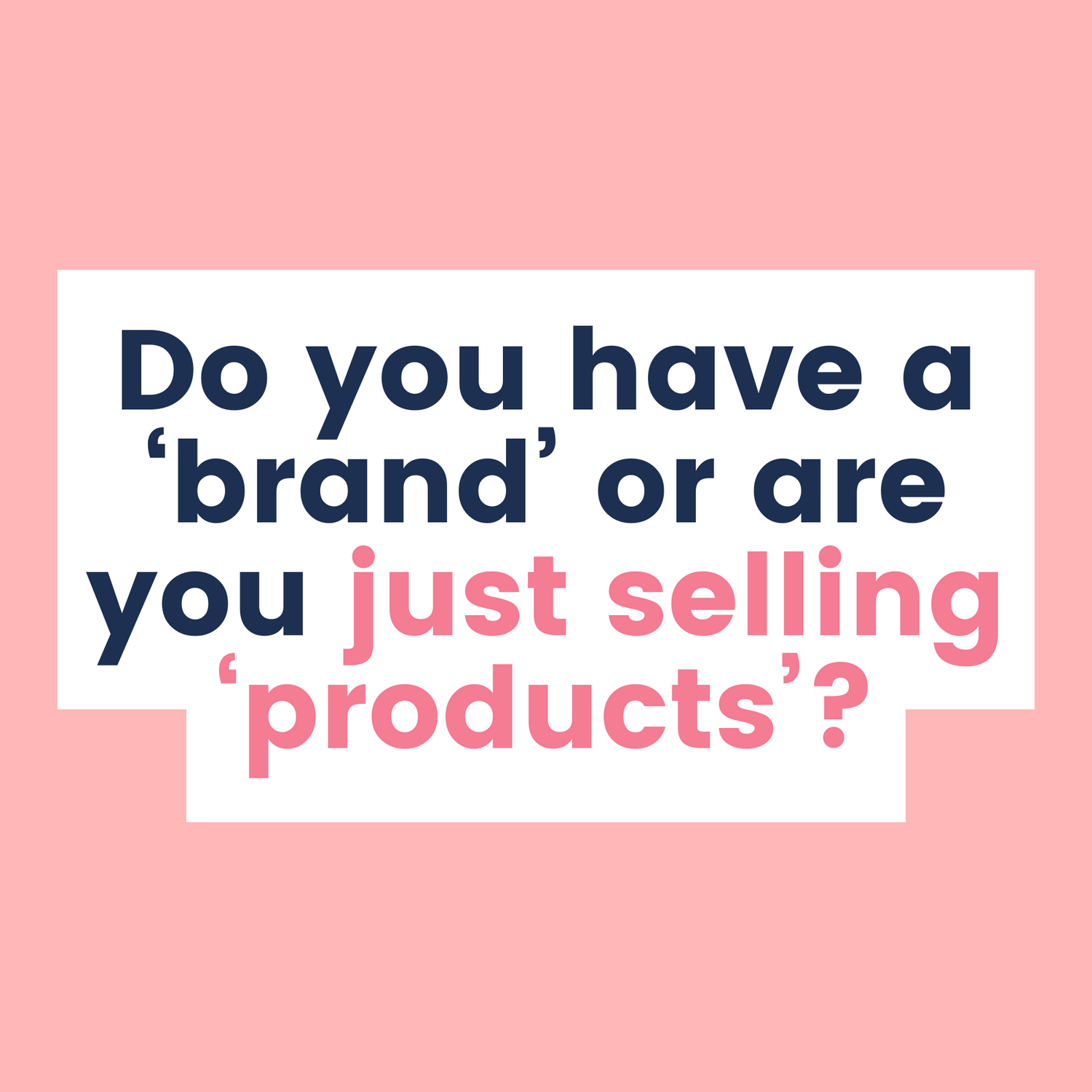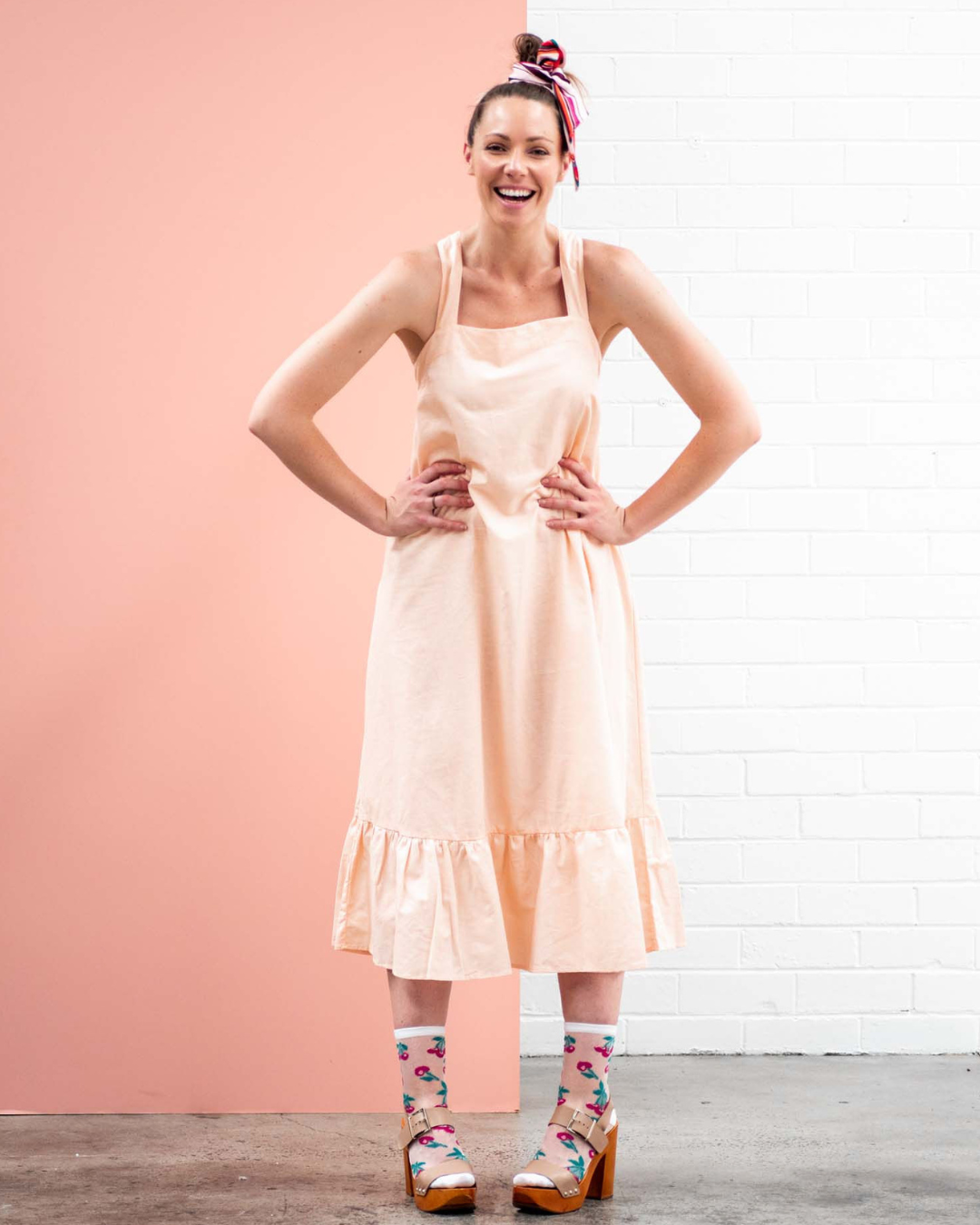The US Congress recently enforced a bill creatively titled, ‘Team USA Made In America Act’, regulating the necessity for all US uniforms to be manufactured onshore in the US. The bill has opened an interesting debate, considering that 98% of America’s clothing and textile materials are imported from other countries. The same law does not exist in Australia, but what we do enforce, is a garment’s requirement to adequately label and display its country of origin or manufacture.
Consumers and designers often lie at opposite ends of the spectrum when it comes to garment labelling, as there are many moral and monetary factors to consider. Whilst many of us like to know where our clothing comes from, certain countries carry certain stigmas, and it can have both a positive and negative effect on the garment.
Conglomerates and internationals have a lot to answer for, as many of their garments aren’t sufficiently screened. I recently learned of a close friend’s experience at Myer, whereby she purchased a garment specifically because it’s external swing tag stated, ‘Made in New Zealand’, only to later find out at home that the internal care label read, ‘Made in China’.
Understandably, she wasn’t very impressed with it, so I canvassed the streets in search of the popular opinion as to whether consumers really care about clothing labelling and country of manufacture…
“I think clothing should have the country of manufacture clearly labelled because it gives an indication of the quality of clothing.” Belinda, consumer, Brisbane.
“Yes, I think they should be labelled with the manufacturing country as clothes are often designed in one country like Australia but then made in another country like India, where the quality of the fabric is generally not as high. You don’t know the quality standards or the working environment of the workers either, or if sweatshops are being used. I also like to think I’m getting what I’ve paid for; do you want your Sass and Bide clothes made in a country that underpays their workers?” Maryanne, consumer, Brisbane.
“People should buy Australian-made over imported, as it helps our industry and is more environmentally sound, so the label allows for an informed decision. It also gives you an idea of the production cost of the garment and what you should pay for it. Often, where a garment is made relates to its quality.” Julie, consumer, Brisbane.
“Yes, for no other reason than choice. You can’t make the choice to buy locally if you don’t know what is and isn’t made in Australia. The problem comes from where you draw the line though; is it Australian made if the fabric is imported but sewn in Australia? Is it still Australian made if the wool is Australian, but the fabric is processed overseas? What if the fabric is Australian made but the garment is sewn off shore? It’s a difficult debate.” Jonathan, consumer, Brisbane.
“Absolutely! With the knowledge of the place of manufacturing, consumers can make the choice to support countries with fair trade agreements. Ethical shopping is sometimes tricky but knowledge creates the power of choice.” Sarah, consumer, Brisbane.
“I do think that every item should be labelled with the appropriate information regarding where it was manufactured. More and more people are becoming aware of the conditions in which our clothes are made, and in order to make informed purchases, I feel it is our responsibility as designers to provide this.” Lois, designer, Melbourne.
So how does labelling the country of manufacture effect designers such as Lois? It’s a very intricate web, as often the materials are cultivated and harvested in one country, drawn and spun in another and then dyed, woven or finished in yet another. Labels such a Jeans West face this multi-country of origin problem, as the label is designed in Australia and manufactured overseas.
Jeans West Associate Designer Stephanie Gray knows it is a complex issue, but the brand makes every effort to be transparent. “It’s a legal obligation for a garment to be labelled with its country of origin, so we label each and every piece, no matter where it is made. It does affect the consumer though, as they see where it’s made and sometimes view ‘Made in China’ to be of lesser or cheaper quality. Garments that are labelled ‘Made in Australia’ are often deemed to be ‘expensive’ or of a higher quality to the consumer, but it does financially affect Australian designers who wish to design, source and make garments onshore, as it is a very expensive exercise. Most large companies and some medium-scale designers will have clothing made in China, India or Bali, because of the expense of manufacturing locally. Factories in Australia are starting to close down as more and more designers are going off shore for manufacturing.”
It is not an easy debate, nor is there a simple solution. Perhaps if consumers supported the Australian industry more, fewer designers would be faced with the decision to manufacture offshore to cut costs. As a designer, it is impossible to make every single consumer happy, but there are certain choices that both the designer and consumer can make to positively influence the issue. My suggestion: shop local where possible and make informed decisions.
Interested in educated discussions on the future of the fashion industry? Sign up to our newsletter to be informed of the next release of The Fashion Advocate magazine.
The Fashion Advocate x



